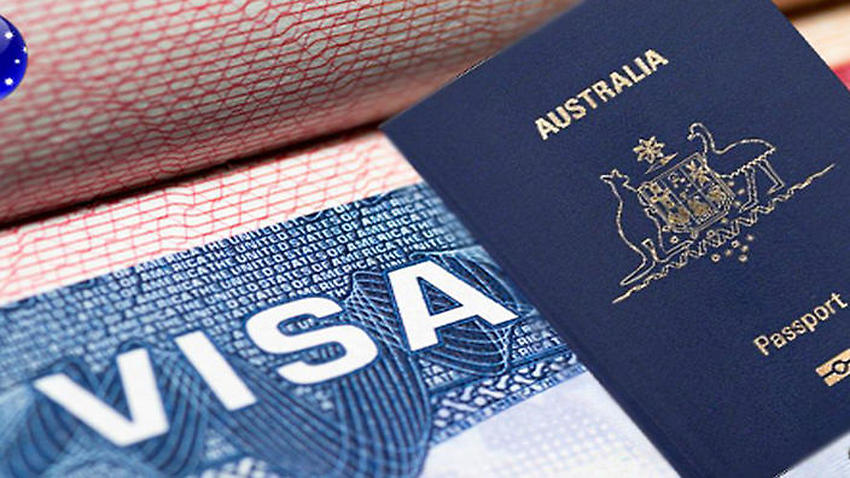As we enter the new financial year on 1 July, significant updates to Australian migration and visa policies are coming into effect. Here’s a breakdown of the major changes you should know about: 1. Increased Flexibility for Work Visa Holders Starting 1 July 2024, the Government will introduce significant but very positive changes to visa conditions (8107, 8607, and 8608). These updates are part of the Australian Government’s efforts to combat worker exploitation and improve productivity. These changes provide more flexibility for temporary work visa holders. Affected Visas The changes apply to: What’s New? Visa holders who stop working for their sponsor will now have up to 180 days at a time (or a maximum of 365 days across the entire visa period) to find a new sponsor or arrange other visa options. This is a substantial increase from the current limit (i.e. 60 consecutive days). During these periods, visa holders can work for other employers, even in occupations other than those listed on their most recent nomination. However, visa holders must stick to work that aligns with any licenses or registration needed for their nominated occupation. These changes affect both existing visa holders and those granted a visa from 1 July 2024 onwards. Importantly, any days not working prior to this date won’t count towards the 365-day total. What’s Next? Upcoming Changes Starting on 23 November 2024, the Government plans to simplify the Temporary Skills Shortage (TSS) process by reducing the required work experience. Currently, Subclass 482 TSS visa applicants need two years of full-time work experience in their occupation or a related field to satisfy visa requirements. However, with the proposed changes, this requirement will drop to just one year. Do keep in mind, though, that if you don’t have a formal qualification, you might need additional work experience to make up for it. The amount of extra experience required can vary based on your qualifications, the position’s skill level, and how recent your work experience is. This change is still subject to Parliament’s approval, but it’s definitely something to look forward to if you’re planning to apply for a TSS visa in late 2024. 2. TSMIT Increase Starting from 1 July 2024, the TSMIT increases from $70,000 to $73,150. This adjustment is crucial for businesses and workers involved with the Temporary Skill Shortage (Subclass 482), Skilled Employer Sponsored Regional (Subclass 494), and Employer Nomination Scheme (Subclass 186) visas. What This Means for Employers and Nominees The new threshold means that from 1 July 2024, all new nomination applications for the above visa categories must ensure that nominees receive an annual salary of at least $73,150, or the annual market salary rate for their occupation, whichever is higher. This change is intended to reflect the evolving economic conditions and ensure that overseas skilled workers are compensated fairly compared to their Australian counterparts. Impact on Current and Future Visa Applications Applications lodged before the 1 July 2024 cutoff will not be affected by this increase. These will continue to be assessed based on the TSMIT and market salary rates applicable at the time of application submission. 3. International Graduates The Temporary Graduate (Subclass 485) visa program will undergo big changes starting on 1 July 2024. New Names, New Rules The Australian Government is reshaping the Temporary Graduate visa into two distinct streams: Age and Stay Changes The maximum age for both streams is changing to 35 at the time of application, except for Hong Kong and British National Overseas (BNO) passport holders and Masters (research) or PhD graduates, who can apply until age 50. Stay Duration: Streamlining Visa Options The Replacement stream will be discontinued. The Second Post-Study Work Stream will transition to the Second Post-Higher Education Work Stream, but no other changes will affect this category. The Skilled Recognised Graduate (Subclass 476) will no longer be available from 1st July. These updates aim to ensure that Australia continues to attract skilled graduates who can contribute to the economy. 4. Restricting Onshore Student Visa Applications The Federal Government is tightening the rules around student visas to maintain the integrity of its education system and ensure that only genuine students benefit from opportunities to contribute to the country’s economic growth. Who’s Affected? The following visa holders will be impacted by the new rules and will need to apply for a student visa from outside Australia: These changes aim to limit the practice of “permanently temporary” residents—former international students who continually extend their temporary status in Australia. What This Means for Potential Students Temporary Graduate Visa holders should plan to either leave Australia upon their visa’s expiry or seek employment and visa pathways that could lead to permanent residency. Visitor Visa holders who intend to study must apply for their student visas before arriving in Australia. These measures are designed to streamline the process, ensuring that the student visa program enhances Australia’s educational offerings and economic growth. Those planning to study in Australia should prepare to meet these new requirements by applying from outside the country. 5. New Visa Application Charges (VAC Increase) Starting on 1 July 2024, new visa application charges apply. The new charges apply to all visa applications received by the Department on or after 1 July 2024. The amendments aim to implement the annual indexation of VACs in line with the forecast Consumer Price Index (CPI) and the 2024-25 Budget Decision Visa Application Charge Uplift. Here’s a brief overview of some of the most popular subclasses: Visa Type Subclass Before From 1st July 2024 Partner visa (Onshore / Offshore) 820/801 & 309/100 $8,850 $9,095 Skilled visas 189 / 190 / 491 $4,640 $4,765 Graduate 485 $1,895 $1,945 Student 500 $710 $1,600 Temporary Skill Shortage (Short Term) 482 $1,455 $1,495 Temporary Skill Shortage (Long Term) 482 $3,035 $3,115 Employer Nomination Scheme (ENS) 186 $4,640 $4,770 Our VAC Search (only subscribers) has been fully updated with the new charges to facilitate your search for visa subclass processing fees. 6. Other Important Updates After 30 June 2024, the age




